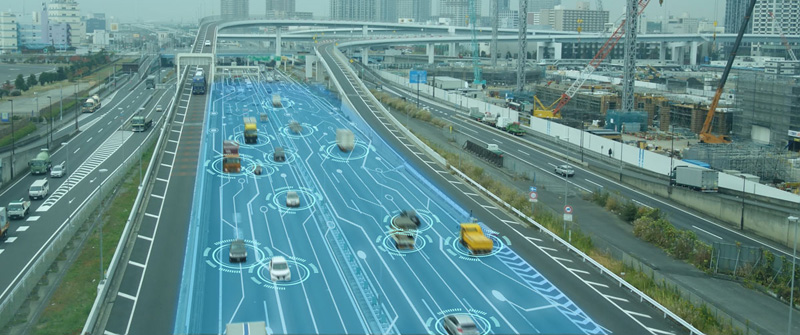The future of the restaurant industry is hard to imagine, but the National Restaurant Association (NRA) worked with a group of futurists to see how the future of convenient food will likely look based on the industry’s trajectory and the expansion of technology.
NRA partnered with Foresight Alliance, a team of futurists who help companies build long-term business plans with scientific methods and deep research.
Within the delivery and convenience space, they found six key things to watch in the next 10 years of innovation and how to think about them strategically in a section of the Restaurant Industry 2030 report titled: The Disruptors.
- The Intelligent Restaurant
By 2030, the report authors project, information technology will permeate restaurants every which way from internet-of-things sensors measuring the environment, and Alexa, Siri and all the other AI bots will integrate further into operations. Such AI assistants could plug directly into the restaurant’s IT infrastructure or exist within the restaurant.
Why does this matter? This means the technology updates won’t slow down this decade. If anything, they’ll speed up. But knowing how deep AI and other technology will penetrate the restaurant of the future gives the industry a nice framework to think through when investing in new technology. While there are only a few brands exploring AI right now, that will change, and it’s important to have key restaurant systems digitized and connection-friendly for when this stuff becomes important.
- Virtual Kitchens
It’s not news to Food On Demand readers, but virtual restaurants will only continue growing to meet the demands for extreme convenience. The report’s authors believe the non-traditional kitchen setup will also evolve over time along with other technology and dietary desires.
The assembled futurists believe there will be an increase of virtual kitchens serving as a base for off-premises deliveries , but they will also lean into the next generation of foodservice. As consumers’ dietary preferences and needs continue to change, there’s potential for commissary-like kitchens supporting more direct-to-consumer food at scales larger than individual meals.
Why does this matter? It changes the entire idea of what a kitchen really is and the kind of efficiency it could reach. Huge batch orders made in a commissary (maybe by robots) could go right to the consumer instead of a kiosk or restaurant, even meals for the whole week for further efficiency. It also means brands need to be even more relevant either to reach customers without the perks of signs or foot traffic, or to compete with growing competitors with radically different economics.
- Autonomous Vehicles
Nothing will change delivery more than automated vehicles, whenever they finally go mainstream. The change will come in two ways, first, automation will continue to change the last-mile challenge. The sidewalk bots and bike-lane delivery vehicles will only become more sophisticated, travel further and become engrained in people’s lives. With autonomous vehicles (AVs) moving people around too, the potential for sharing your taxi with a sandwich and fries becomes more likely.
Why does this matter? It means there are facility changes coming at some point. Does that mean a covered AV bay? Maybe, but between here and there, thinking through updates with bots and automated cars in mind is a smart idea. The potential for truly driverless cars means those highway-adjacent locations and easy access could be more important than ever for non-drivers to get off, buy a meal and get back on the road quickly.
- Big Tech Effect
Already, big tech is reshaping foodservice, but the gallop of unicorns won’t end soon. The authors of the report see a future where big tech further expands as the demand for convenience and unique experiences grows. They predict more brands without a traditional food background will start to penetrate foodservice. Maybe Netflix rolls out a dinner and a movie product, or Amazon suggests adding a Whole Foods-prepared meal to your next-day order.
Why does this matter? It could be a huge opportunity for foodservice brands to partner with big tech’s scale at a local level by supporting those new paths to dinner. Or it could be added competitive pressure from deeply penetrated platform brands as they stretch further along the end-to-end consumer journey.
See more futurist predictions and other statistics in the NRA report, Restaurant Industry 2030.


